A Dream Come True – Going To Japan – Part 1
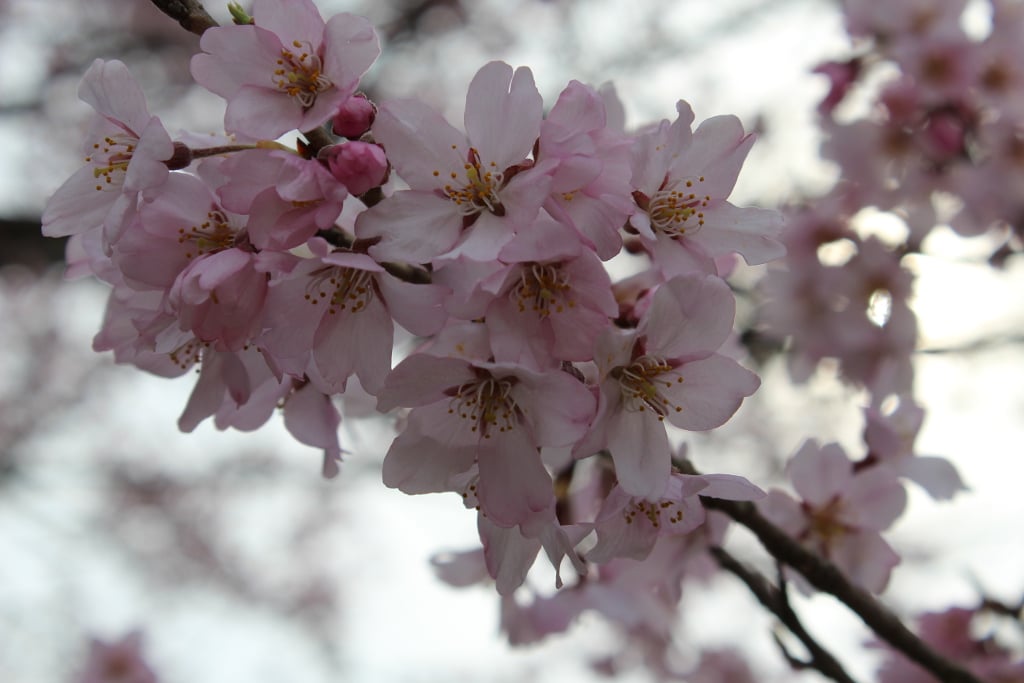
If you follow this blog consistently you know how much I love Japan and its culture in all its different forms: books, models, animes, mangas and, yes, games.
Oddly enough, I wanted to visit the country from when I was little (around 8 years old or so) but, for many different reasons, I never had the chance … until now!
As a matter of fact, I recently traveled to Japan for a 2-week holiday and this is my report on the matter. To avoid making the article too long, I divided it into 3 different parts: this one, exploring “classic Japan” (mainly Kyoto and its surroundings); a second part, covering “modern Japan” (Tokyo and some of its districts) and, finally, a special article on Akihabara, the “Electric City”.
So, without further ado, let’s delve into it …
Kyoto (Capital City) is a special place located in the Kansai region of Japan (south-west part of Honshu, the biggest among the four main islands that form Japan). It has been the capital of state for over 1.000 years, right after the “Nara period” (710-794 A.D.) until 1868, when the capital was moved to Tokyo during the Meiji restoration. Life seems to flow at a different pace here, and everything is neat and orderly.
The first day of the actual trip was indeed the busiest one, where we visited a full bunch of temples.

Right after that, we moved to the Ryoanji Temple, another enchanting place with its Zen garden and the nearby lake. Zen gardens consist, as you might know, of a rectangular square where 15 stones form separate islands in a sea of gravel. From any different point of the garden only 14 of them can be seen, and according to the tradition, one will be able to see all 15 only after reaching the illumination. The following pictures show you some insights of the temple. Unlike the Kinkakuji it is here possible to walk inside the different pavilions, once you took your shoes off.
Just before lunchtime, a short trip on a bus took us to Arashiyama (the mountain of Tempest). It struck me at first to see the kanji for the word “Arashi” depicted on many T-shirts, even if at first I didn’t understand why.

As said, after the Ryoanji and its bamboo forest it was the time for the Tenryuji temple, located pretty much in the same place. Tenryouji is dedicated to the Goddess Kannon, but I will tell you about her later on in the article.
Despite all of this the day was not over, so in the evening we moved to Pontocho, a quarter full of life downtown Kyoto. It is a place where you can actually grasp how old the town is and how different cultures mixed here centuries ago. European architecture (buildings and churches, mainly dating to the 16th century) are set back-to-back with traditional and modern Japanese architecture in a really fascinating way. Finally, trying to get back to the hotel, my family and I were accidentally left behind at the last train station and we got lost: not many people speak English in Japan and I obviously cannot read the language (except a few words), but in the end we managed to get back to the hotel. Japan is a very safe place and people were really friendly to us, so everything ended well. The experience, though, was an exceptional driver to speed up my learning process … This was the end of day one.
The following day, after a quick visit to Kyoto Central Station for some paperwork, it was the time for the Sanjusangendo Temple, a magnificent opera containing 1.001 statues of Kannon, Buddhist Goddess of Mercy. The temple dates back to 1266 when it was renovated after the original one (built in 1164) was lost in a fire.
The statues, with human proportions but all different one from another, are set in two banks of 500 statues each, left and right of a 3-meter-high one. In the front of said statues, a line of fighting Gods is set to defend the Goddess of Mercy. The afternoon took us in the vicinity of a completely different environment (the Kiyomizudera complex), with both its touristic views and temples. In the following pictures, you can have a grasp of both, included a few nice souvenirs taken from the movies of the magnificent Studio Ghibli (Jiburi Works).
The 
The third day was actually one of the best of the first part of the travel: a quick trip on the Shinkansen (the high-speed train) took us to the Himeji Castle, an impressive castle (the only one that actually managed to survive the winds of time untouched) which dates back to 1600 and is now a World Cultural Heritage. It is interesting to see that the train will soon have a special variant dedicated to Evangelion anime series, with special seats inspired to the inner cockpit. The castle has often been the background for games and movies set in ancient Japan, and I remember it for the Tenchu saga. As a matter of fact, its distinctive features are now a synonym of Japan itself and they are often used even when, apparently, we are not dealing with a story set in ancient times, like in the recent Tomb Raider reboot.
Aside from the castle, Himeji is a nice little city whose galleries and shops reminded me of the small cities which are often the backgrounds for the Yakuza saga.
The afternoon, on the way to Kyoto, we stopped in Osaka to visit two picturesque neighbourhood: Shinsekai and Dotombori. The pictures here speak for themselves. If you are a follower of the Yakuza saga you will easily recognize this places, since Dotombori is often used in it with the name of Sotenbori.
The fourth day was another heavy one, beautiful and sad at the same time. The morning was spent travelling to Miyajima Island, a small island less than an hour away from the city of Hiroshima. The place is one of the most iconic of entire Japan, most famous for its giant torii gate, which almost seems to float on the water.
Although the official name is Itsukushima, it is so closely related to its key shrine that people tend to forget the real name. The island is also known for its reindeers, which happily strolls among tourists in search of food. To them, anything will do, so take good care of your belongings. They may even feed on your passport or your return ticket if you did not store them properly away…. This was the fun part of the day, while in the afternoon we travelled to Hiroshima where we visited the Peace Memorial Park and the Memorial Museum.
I must admit that, despite having seen many times documentaries on the atomic bombing and its devastation, one is never really prepared to face those Memorials in real person. Visiting the museum is really painful and I really do hope mankind will never ever face such a tremendous tragedy again. So we paid our respects to the tomb of the thousands of innocent people that lost their lives during that august of 1945 and then we silently left. There are no words that can describe what we felt that day. Nonetheless, Life goes on and Nature always wins, so nothing more than these gorgeous cherry blossoms can give you hope and peace of mind.
Our journey inside classic Japan was about to end, but we had one more day to spend in the Kansai region and we headed to Nara, the first capital. Prior to that, though, we stopped to Fushimi Inari shrine, a sanctuary dedicated to Inari, the Shinto god of rice.
Many fox statues are spread across the shrine grounds since this animal is thought to be Inari’s messenger. The shrine is another iconic place, with its thousands of torii gates that form two parallel roads that take visitors from the entrance to the top of the mountain. As said, Nara was our last stop. This ancient city is famous for many things: it was the first capital, it houses the Todaiji (the big temple which holds a gigantic statue of Buddha),
and it is also holy ground for the Kasuga Taisha (the Shinto temple of the 1.000 lanterns) where herds of sacred reindeers move across the fields undisturbed.
Maru-Kun is the mascot of this place and its figure can be found anywhere.
These Holy Ground and Sacred reindeer are so famous that people come over here to celebrate their wedding. It was very strange to me to see a bride wearing horns (it’s not really considered a lucky thing here in Italy since horns mean someone is “cheating” on you), but the world is nice in all its different aspects…
It was about the time to go back to our hotel in Kyoto since we were in the process to move to Tokyo the following day, but I had one more thing to do before departing. We so stopped in a game store just in front of our hotel. Game stores in Japan are a different thing to what I’m used to seeing here in Europe, and even the smallest one is actually a gold mine to gamers and retro-gamers. Here is what I found (I apologize for the mess of the following pictures, but I really couldn’t align all those different screenshots taken with my cell phone…..).
In the end, I bought a Sumo simulator for my PS1 and a Lupin III title for my PS2. But my retro-game experience was only starting and a full report about it will be done in the third article, fully dedicated to this topic.
A first conclusion.
Travelling across “classic” Japan was one of the best experiences of my life. As said in the opening, I’ve been chasing this dream for years and when it finally came true I enjoyed it to the very last bit. I didn’t have many chances to talk to people as much as I wanted to (the schedule was always really tight and we seldom have the opportunity to pause and interact with the others), but when it happened it was always really fruitful. For example an old man, surprised from the very few words of Japanese I spoke, stopped to tell me about his son, who loved Italy so much that he travelled to Florence to get married over here; other day an old madam gifted my young son with traditional cakes when we stopped to watch the deer in Nara. Classic Japan was also a blast for me as a gamer, and many games about rural or ancient periods came to my mind while travelling: not only Tenchu or Tomb Raider but also stuff like Kuon, Project Zero (Fatal Frame), Forbidden Siren and Blood Will Tell.
A final word must now be spent on the Hanami (“flower viewing”). This ancient Japanese traditional custom of enjoying the beauty of flowers (mainly cherry blossoms) is something that goes beyond the pleasure of a single day outdoor, but it lasts from the end of March to early May and it is an extraordinary opportunity to aggregate and share experiences among relatives, peers or colleagues, both during daytime or at night regardless of good or bad weather (to a certain extent).
A trip to ancient Japan around Kyoto is then highly suggested. Stay tuned for the next article about modern Tokyo, if you please.
Thank you very much for reading and please accept my apologies for the alignment of the bad picture. It was not easy to fit as much info as I could without risking to annoy. I, therefore, had to balance within pictures and written text, sometimes with bad results.
Follow Us... Inspire Us To Get Better... Keep The Flame Alive





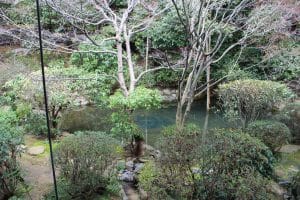




































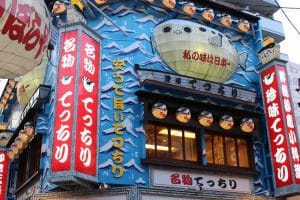

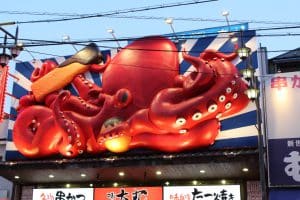








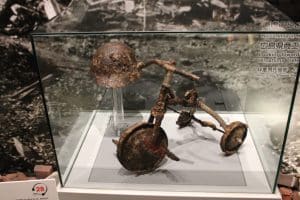




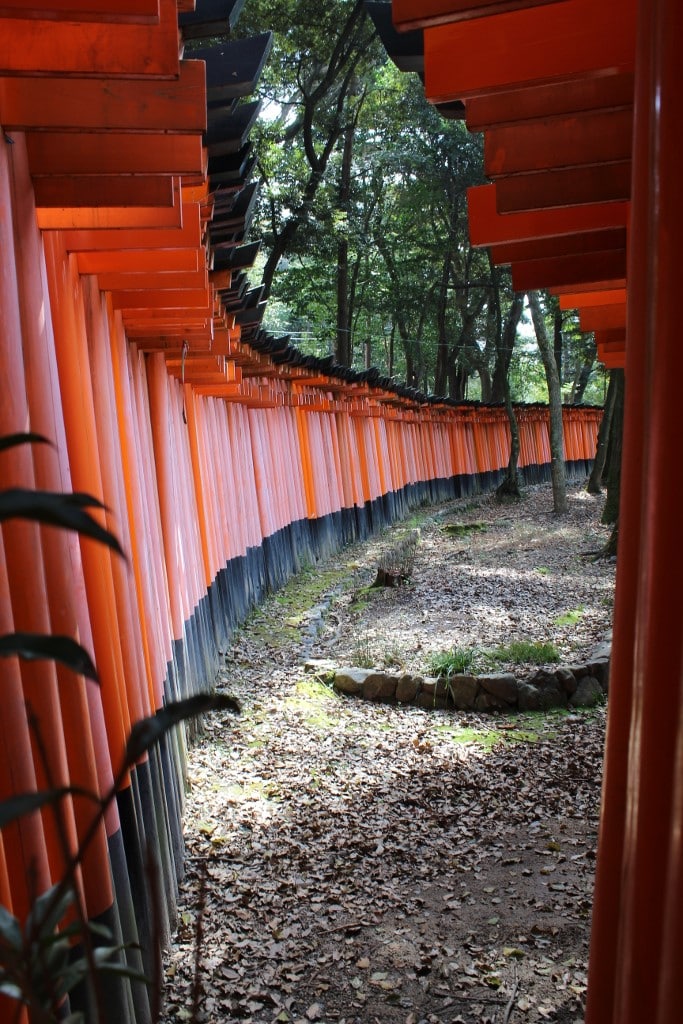





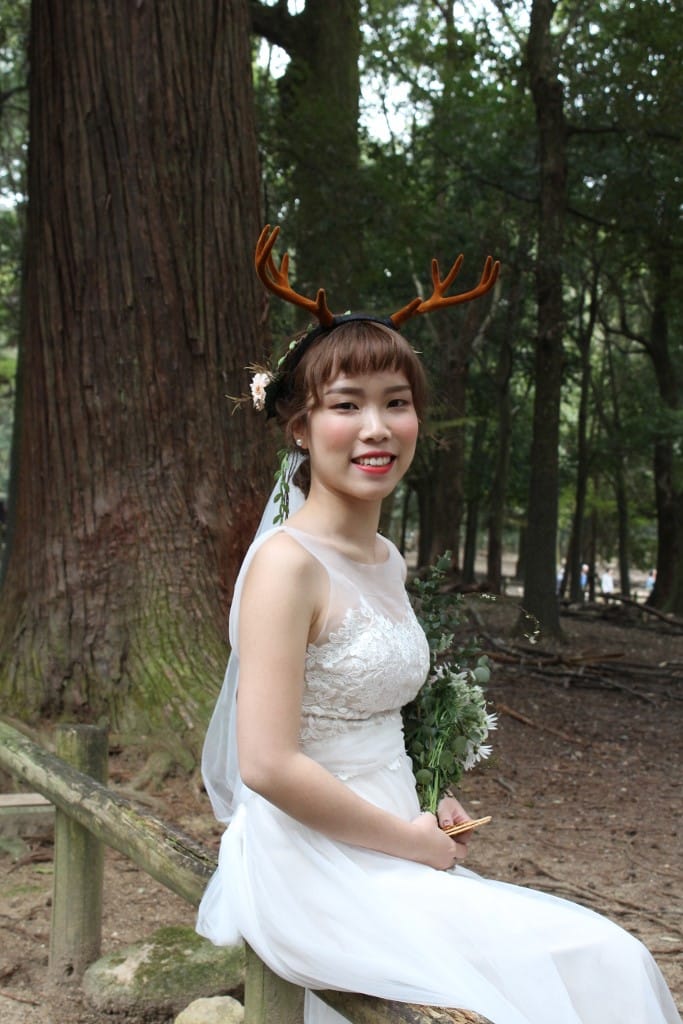






















First of all I must say thanks to you. Thanks for visiting Hiroshima Peace Memorial Park and Museum, thank you. Your actions I give respect. Your words are received in the depths of my heart.
And thanks for the great article! Very interesting read. Put pictures of the cherry blossoms at the top of the post is wonderful! Delayed flowering cherry trees than usual this year. That is was the best as the timing of your trip? Japanese love cherry blossoms!
“Hanami”at night is bustling. Illuminated cherry blossoms are fantastic and beautiful. (It is a “Yo-Zakura”)
There is word “the corpse buried under the cherry tree” in Japan, you know? ^^
Kyoto is still expressed “ancient city” and a beautiful city. Have the dialect of the people who live there is also a refined (and elegant) sound.
You visited the Fushimi shrine. I’m jealous!
All photos are very nice. I’m Japanese, But, I still heart was very exciting. This post was interlaced with Japan-games and Tatsnoko-heroes, It give me great pleasure. (This post was so you!)
Oh yes, Retro games is a treasure trove for me!
Have a nice weekend!
Chao!
Hello there, thank you for posting your comments. I’m sure glad you liked the article. I took a long time to write it down.
Actually, the bad weather that delayed the blooming was a blessing for us, since we could admire the entire process from start to finish. Every day we walked from our hotel to Inari Station and day after day the view got better and better, with new blossoms every time! We also found a group of young people enjoying their Hanami at night close to the station.
Mixing my story with videogames was also so much fun. I hope I can keep it up in my next article, even though the right place for this matter will be the part on Akihabara.
Have a nice week end too!
Best post from you in a long time:). That trip really set my mind in motion, i want to go too:)
🙂